Results
-
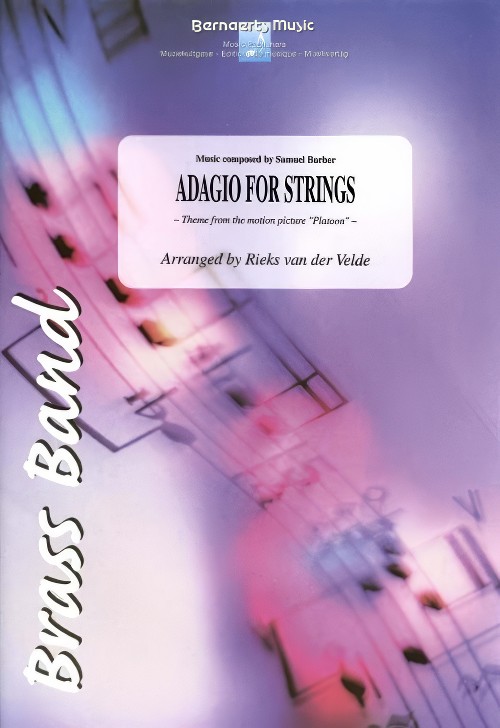 £56.99
£56.99Adagio for Strings (Brass Band - Score and Parts) - Barber, Samuel - Velde, Rieks van der
Theme from the motion picture Platoon. Duration: 6.30
Estimated dispatch 7-14 working days
-
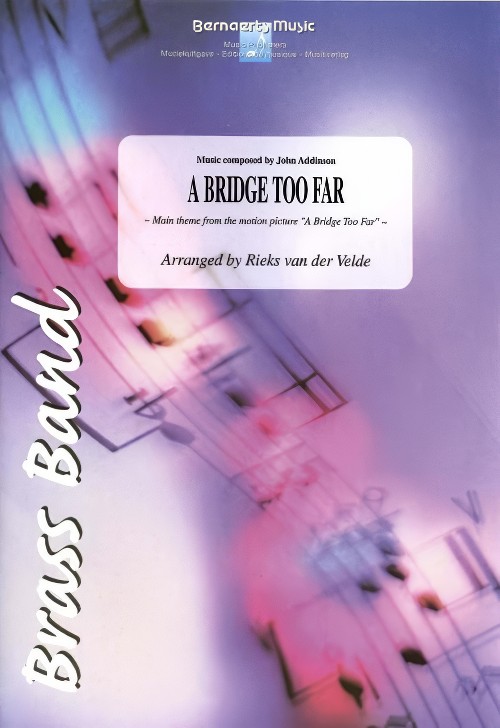 £54.99
£54.99A Bridge Too Far (Brass Band - Score and Parts) - Addison, John - Velde, Rieks van der
Main Theme from the motion picture A Bridge Too Far. Duration: 3.30
Estimated dispatch 7-14 working days
-
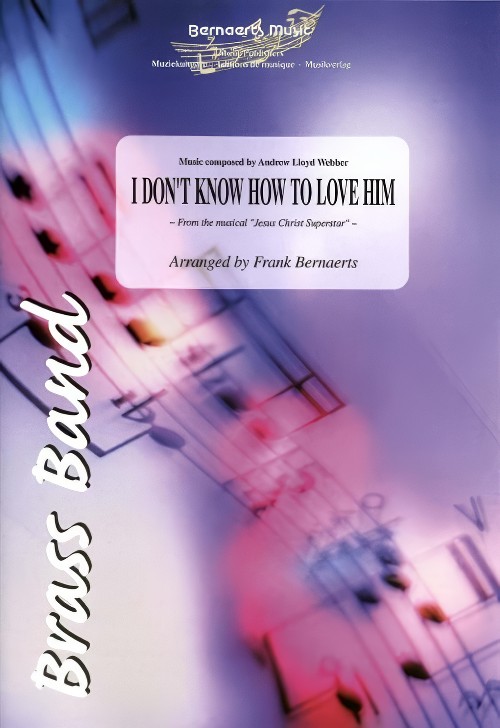 £53.99
£53.99I Don't Know How to Love Him (Brass Band - Score and Parts) - Lloyd Webber, Andrew - Bernaerts, Frank
Theme from the musical "Jesus Christ Superstar". Performed by Yvonne Elliman and Andre Previn. Duration: 03:45
Estimated dispatch 7-14 working days
-
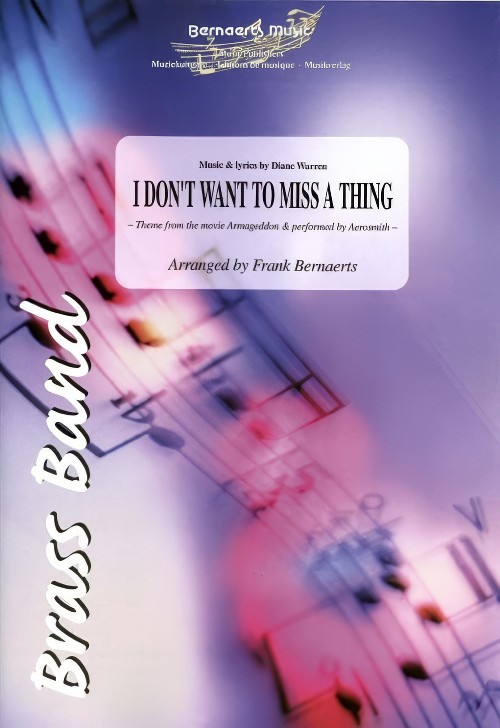 £54.99
£54.99I Don't Want to Miss a Thing (Brass Band - Score and Parts) - Warren, Diane - Bernaerts, Frank
Performed by Aerosmith. Theme from the movie "Armageddon". Duration: 04:15
Estimated dispatch 7-14 working days
-
 £68.99
£68.99Suite Symetrique (Brass Band - Score and Parts) - De Haan, Jacob - Haantjes, Menno
This playful three-part suite is largely based on symmetry. This of course is largely due to the relations of the arrangement of the themes; however, on the other hand, to the larger structures in form. The first part, (Prelude et Scherzo) has a solemn opening. Followed by it a related scherzo with many changes in time, this too is composed in a symmetrical form. In the second movement, Choral Dorian, the theme of the prelude is reversed and used in chorale in Dorian tonality. The suite comes to a close with Rondo d'Avignon. An annual theatre festival in a French city on the Rhone inspired this suite. It is a lively movement, symmetrically bought to a finish with a repeat of the prelude from the first movement.Duration: 5:15
Estimated dispatch 7-14 working days
-
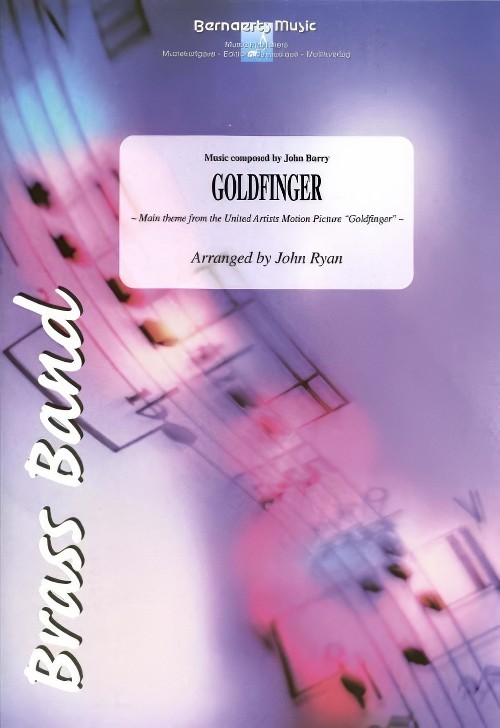 £53.99
£53.99Goldfinger (Brass Band - Score and Parts) - Barry, John - Ryan, John
Main theme from the United Artists motion picture "Goldfinger". Performed by Shirley Bassey. Duration: 03:15
Estimated dispatch 7-14 working days
-
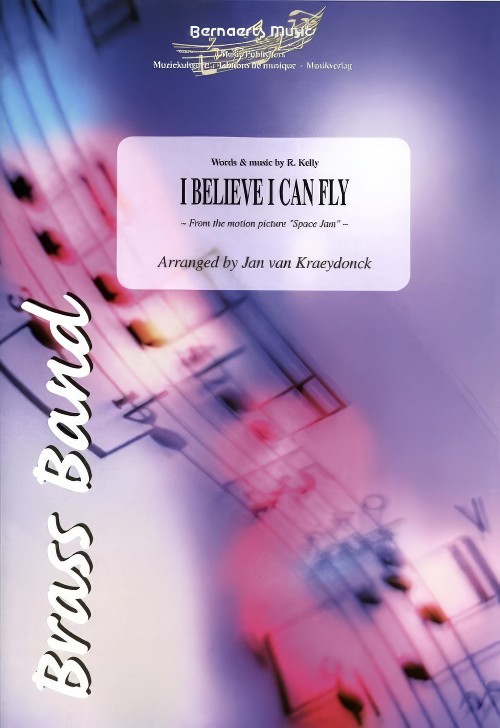 £53.99
£53.99I Believe I Can Fly (Brass Band - Score and Parts) - Kelly, Robert - Kraeydonck, Jan van
Theme from the motion picture "Space Jam". Performed by R Kelly. Duration: 04:35
Estimated dispatch 7-14 working days
-
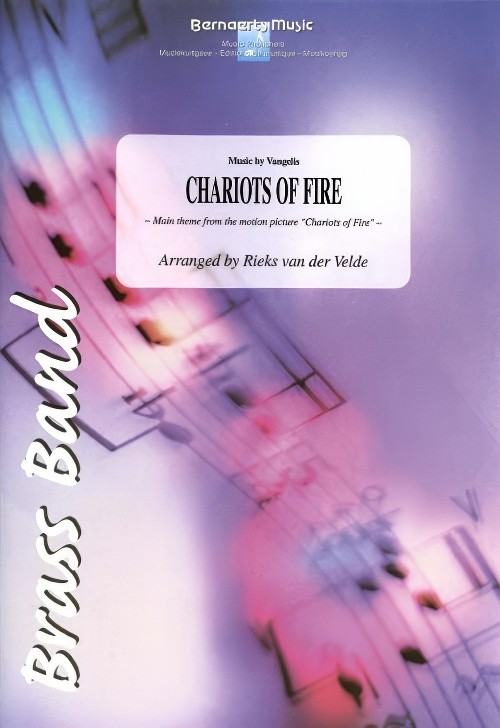 £54.99
£54.99Chariots of Fire (Brass Band - Score and Parts) - Vangelis - Velde, Rieks van der
Main theme from the motion picture "Chariots Of Fire". Performed by Vangeli. Duration: 03:45
Estimated dispatch 7-14 working days
-
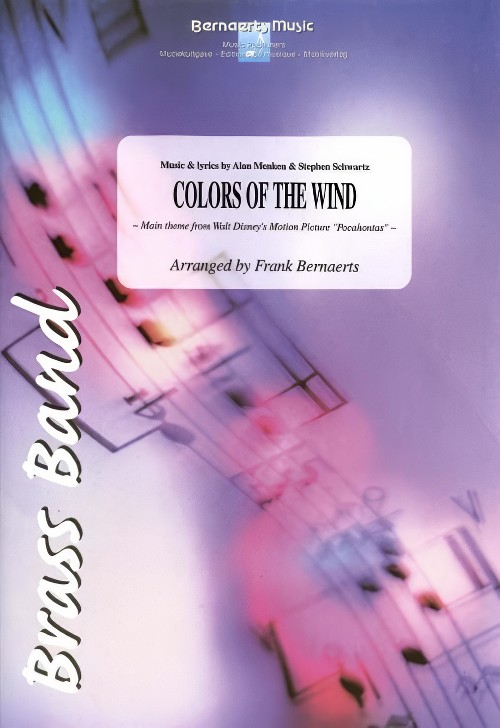 £54.99
£54.99Colors of the Wind (Brass Band - Score and Parts) - Menken & Schwartz - Bernaerts, Frank
Main theme from Walt Disney's motion picture "Pocahontas". Duration: 04:45
Estimated dispatch 7-14 working days
-
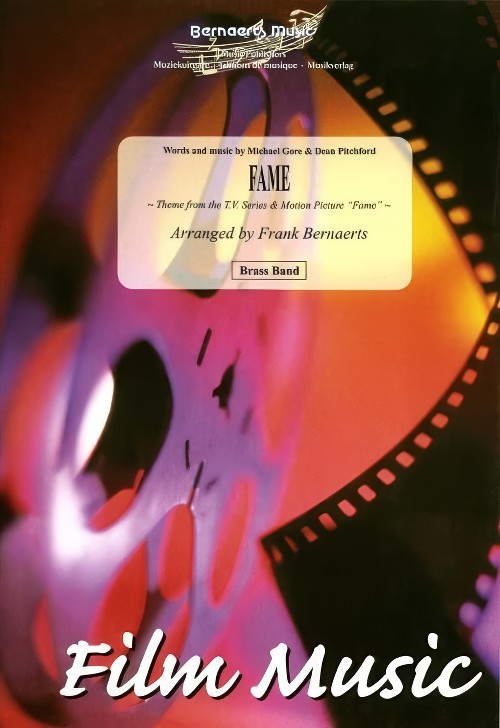 £54.99
£54.99Fame (Brass Band - Score and Parts) - Gore & Pitchford - Bernaerts, Frank
Theme from the T.V. series & motion picture "Fame". Performed by Irene Cara. Duration: 04:00
Estimated dispatch 7-14 working days
